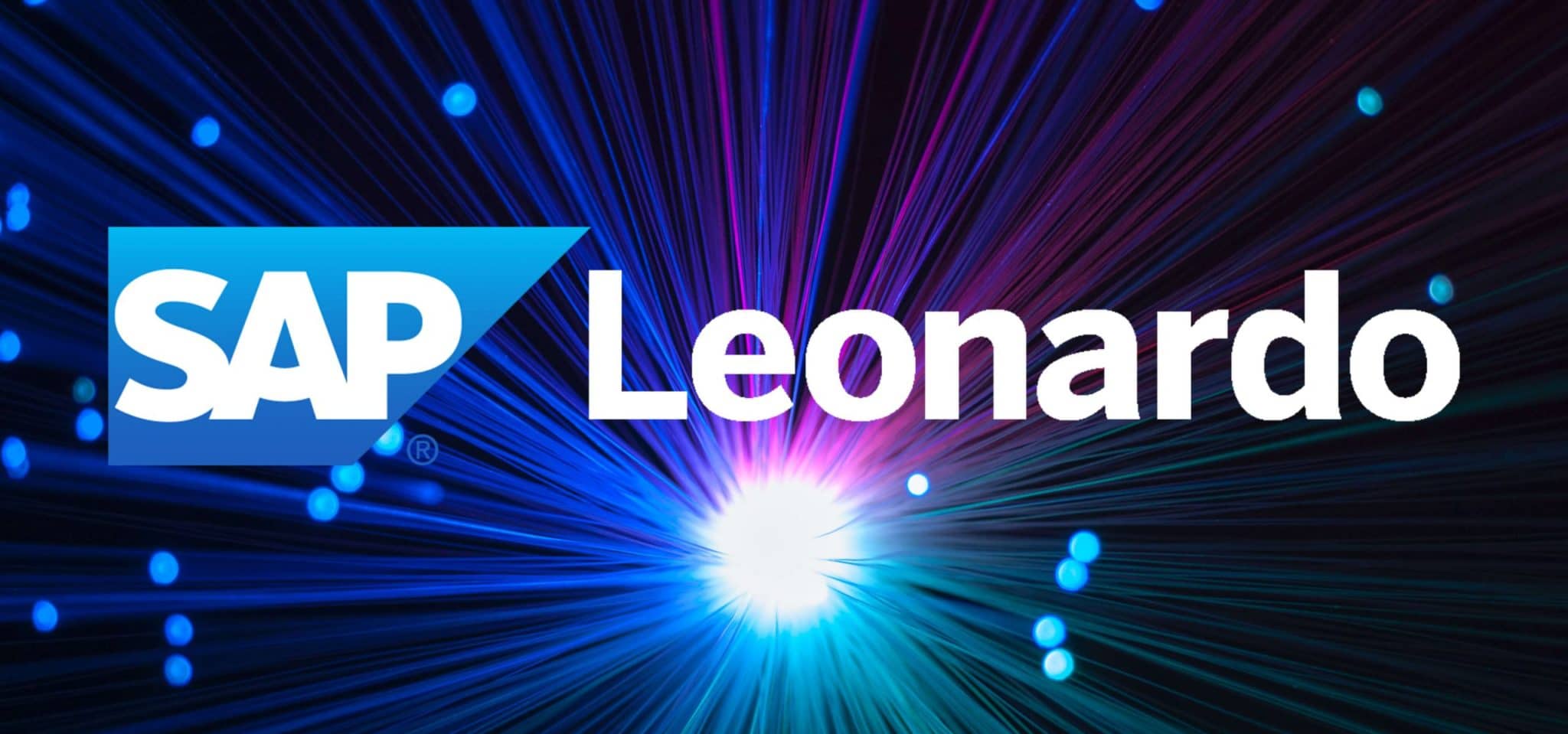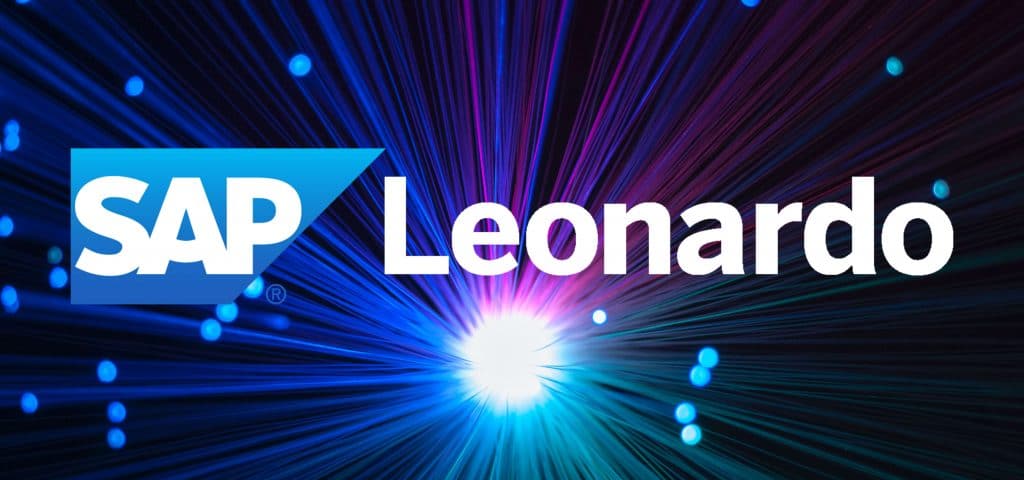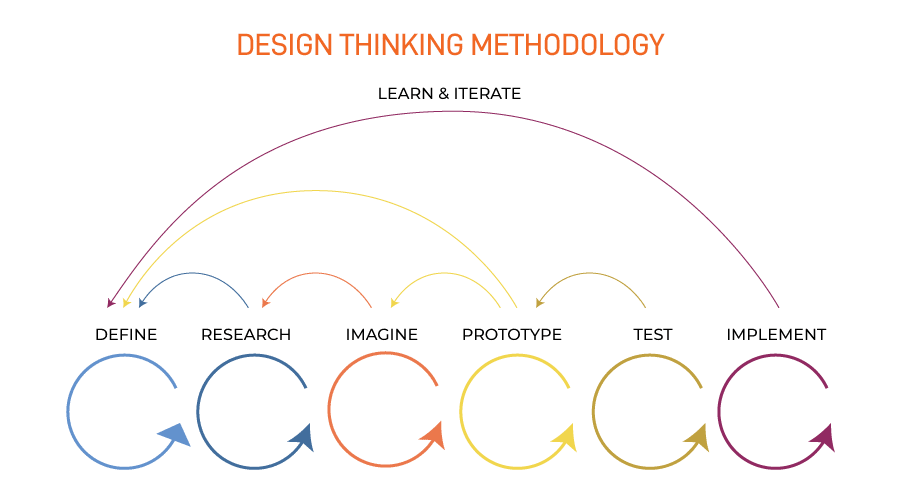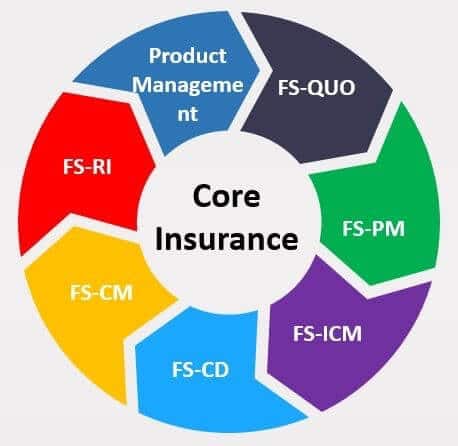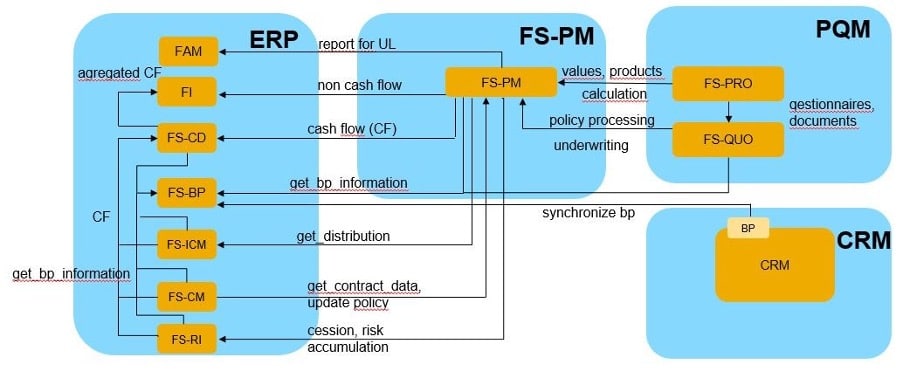SAP S/4HANA migration: which approach is best for your business? Greenfield, Brownfield or Hybrid?
Home - Archives pour septembre 2021

SAP S/4HANA migration: which approach is best for your business? Greenfield, Brownfield or Hybrid?
Alain Rivet
Whether it’s a migration or an implementation, you’ll need to move to SAP S/4HANA.
In both cases, success depends on :
- Your strategy
- Your team
- Your approach
Three approaches are generally proposed: Greenfield, Brownfield or Hybrid.
What is a Greenfield or a new implementation?
In a Greenfield deployment, you start from scratch: all used functionality is reanalyzed and reconfigured based on the best practice. Data is extracted from the old system, processed and reloaded into the new one.
This approach is generally recommended:
- If you want to benefit quickly from new technologies;
- If you have accumulated to many specific developments;
- If your current processes are no longer efficient;
- If your core business or corporate strategy is changing rapidly;
- If you are just starting out in SAP.
Note that a Greenfield approach is a time-consuming process because it requires a complete analysis of the processes to make the most of the new functionalities offered by SAP S/4HANA. This approach implies a significant contribution from business specialists to ensure the conversion of data.
What is a Brownfield or a system conversion?
A Brownfield is an upgrade of an existing system. It is essentially a technical operation at the system level. This means that the data and the specific programming are maintained as they are. The new digitization-specific functionalities are activated afterwards.
SAP recommends this approach in the following cases:
- If your organizational structure has not changed and your system contains little specific development;
- If the objective is the gradual implementation of new functionalities;
- If your current processes are efficient;
- If your existing system is well adapted to your core business or your corporate strategy;
A Brownfield approach can be quick and does not require much of your business specialists. But as there is no data cleansing, it is recommended to accompany it with an archiving project.
Since 2021, it is officially possible to combine Brownfield and Cloud migration. We did it in 2020 in our collaboration with Touring.
What is a hybrid deployment?
An hybrid deployment is the combination of a Brownfield and a Greenfield.
It aims to leverage the benefits of both approaches: on the one hand it reuses the customizations and developments of the existing ERP, and on the other hand enriches or replaces them with the new functionalities of SAP S/4HANA.

BROWNFIELD | HYBRID | GREENFIELD |
From an ERP SAP. | From an ERP SAP. | From a non-SAP ERP or an ERP SAP. |
Overall satisfied with existing ECC6. | Some parts of ECC are to be kept, others are obsolete. | The current system is obsolete. |
Step by step update. | Mixed solution | Migration in one step. |
The innovations can be integrated into S/4HANA later on. | Mixed solution | S/4HANA functionalities are integrated from the beginning. |
Upgrade of the current system. | Combination of Greenfield and Brownfield. | Development from scratch, new implementation. |
Upgrade of existing codes. | Analysis and recovery of existing useful codes and upgrade. | Development of new code based on best practices. |
Functionalities of the old system are kept. In cases where the standard functionality changes, SAP provides migration tools. | Mixed solution | Features based on best practices. All new features are activated immediately. |
The data is already in the system and some is subject to a specific conversion, such as customers and suppliers. | Data selected and reloaded into the new system. | Data are loaded into the system. |
Short and mainly technical migration project. | Mixed solution | Long and mainly business migration project. |
Migration strategy
In your SAP S/4HANA migration or implementation strategy, you will need to define whether you stay On-Premise or move to the Cloud.
Your migration team
Migrating to SAP S/4HANA requires the right team within your company. You’ll need to select employees who know your business process inside and out.
In most cases, it is difficult for a company to manage a migration to SAP S/4HANA alone. You will definitely need external support.
As a team of experienced SAP consultants, S4IC has been involved in many SAP S/4HANA migrations. We have developed specific tools to facilitate the migration from SAP ECC to SAP S/4HANA On-Premise and in the Cloud.
Do not hesitate to contact us if you need more details or advice for your journey to SAP S/4HANA.
- S4IC is the commercial name of High-SEA company
- Open from Monday to Friday - 9am to 6pm
- Avenue Voltaire 3, 1300 Wavre
- +32 (0)2 880 91 10
- info@s4ic.com
- VAT : 0806 380 893
Copyright S4IC – 2021




